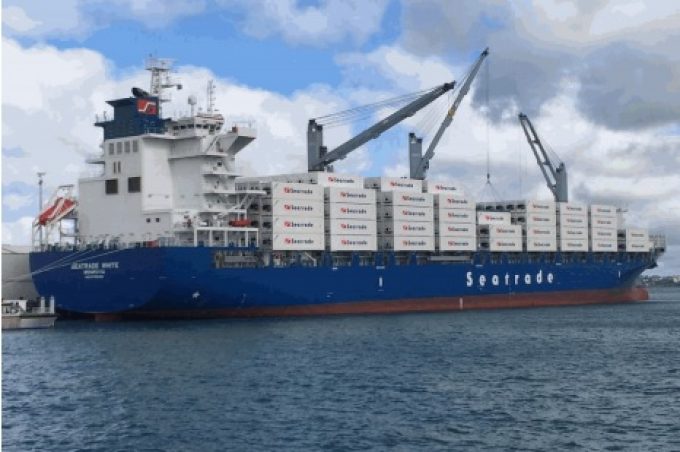Canadian rail giant has high hopes for new intermodal reefer service
Canadian Pacific Kansas City Rail (CPKC) is bullish on the prospects for its Mexico intermodal ...

Last year was the “calm before the storm” for conventional reefer shipping, according to Dynamar.
The expected surge in fuel costs from IMO 2020 is likely to accelerate scrapping of conventional vessels and the switch to containerships, said the analyst.
Furthermore, trade tensions continue to cause concern among shippers and carriers, both containerised and conventional, with the slowdown in major economies leading to “an erratic end to the year in terms of trade flows”.
“The worldwide trade in perishable cargo continues to grow ...
Amazon pushes into LTL for small package fulfilment and UPS does a u-turn
New senior management for DSV as it readies for DB Schenker takeover
Volumes set to 'fall off a cliff' as US firms hit the brakes on sourcing and bookings
Asian exporters scramble for ships and boxes to beat 90-day tariff pause
Temporary tariff relief brings on early transpacific peak season
'Tariff madness' will prompt renegotiation of ocean shipping contracts
Response to tariffs by Chinese importers may see extra costs for US shippers
Forwarders 'allowing the fox into the chicken run' by supporting 'hungry' carriers

Comment on this article